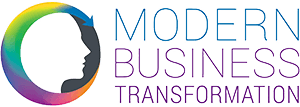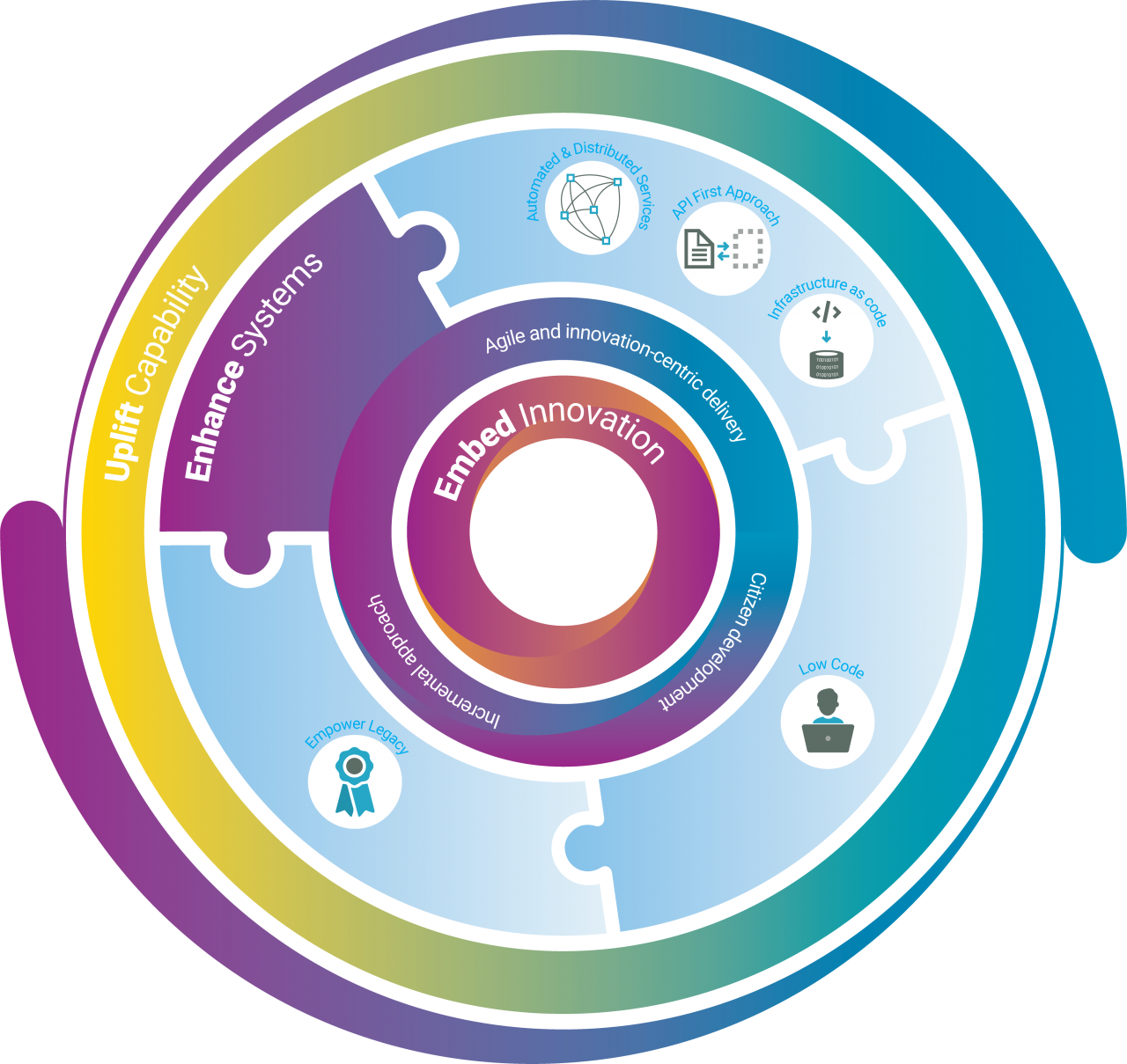The technological revolution has fundamentally changed modern societies and transformed business models. In a hyper-connected world, this digital advancement is progressing at a disruptive speed that many traditional organisations struggle to keep up with. Held back by siloed legacy systems and slow development cycles, organisations miss opportunities to deliver innovative products.
The Enhance Systems pillar of the MBT Framework outlines an agile and innovation-centric approach to improving internal system capability so that organisations can proactively respond to technological opportunities. This pillar recognises that systems are fundamental to developing a nimble and responsive organisation that can change rapidly and respond to market opportunities.
Be more agile and quickly reflect changing business requirements
Technology and systems are complex and fundamental to improving an organisation’s ability to innovate. Any organisation that intends to improve its ability to innovate will need to enhance its internal systems capability to be more reactive to market opportunities and empower rapid change.
- Enhance Systems prepares an organisation to tolerate frequent change and minimise risks associated with innovation and application development.
- By enhancing internal systems, an organisation is more competitively positioned to respond quickly to change without much risk.
- This directly impacts on the core focus of the MBT Framework: to enable organisations to quickly capitalise on market opportunities, respond to threats and competition more readily and to harness and operationalise innovative ideas at speed.
The Enhance Systems pillar
- improves the technology base of an organisation to become more agile and quickly reflect changing requirements from the business.
- is founded on the MBT Systems Enhancement Model which outlines the areas of focus required to achieve agile and innovation-centric delivery, citizen development and incremental adoption.
- ensures that internal systems enable and empower innovation so that the organisation can react promptly to opportunities, reduce development cycle times and mitigate risks.
The Tools to Enhance Systems
 Systems Strategy: identifies a holistic and organisation-appropriate strategy for enhancing internal systems by outlining current state and future state against each focus area of the Systems Enhancement Model. Also includes clear recommendations and objectives to identify how the organisation can transition from current to future state. The Systems Strategy aims to provide a clear and prescriptive approach to enabling internal systems to accelerate innovation and promote change.
Systems Strategy: identifies a holistic and organisation-appropriate strategy for enhancing internal systems by outlining current state and future state against each focus area of the Systems Enhancement Model. Also includes clear recommendations and objectives to identify how the organisation can transition from current to future state. The Systems Strategy aims to provide a clear and prescriptive approach to enabling internal systems to accelerate innovation and promote change. DevOps Model: defines team structures and responsibilities through a product-centric lens for implementing the Systems Strategy. Acts as a roles and responsibilities charter for improving release quality by moving operational tasks into the development space and vice versa. The DevOps model aims to improve release quality and mitigate the risks associated with a high ace of change.
DevOps Model: defines team structures and responsibilities through a product-centric lens for implementing the Systems Strategy. Acts as a roles and responsibilities charter for improving release quality by moving operational tasks into the development space and vice versa. The DevOps model aims to improve release quality and mitigate the risks associated with a high ace of change. Adoption Plan: defines bespoke activities for implementation to enable transformational change within an organisation. Acts as a road map for organisations to journey from their current state to the future state by outlining tangible tasks, assigned responsibilities, timelines and success measures. The Adoption plan aims to enable, prioritise and achieve the objectives of the Systems Strategy.
Adoption Plan: defines bespoke activities for implementation to enable transformational change within an organisation. Acts as a road map for organisations to journey from their current state to the future state by outlining tangible tasks, assigned responsibilities, timelines and success measures. The Adoption plan aims to enable, prioritise and achieve the objectives of the Systems Strategy.

